The Hells Angels Phenomenon: A Sociological Perspective
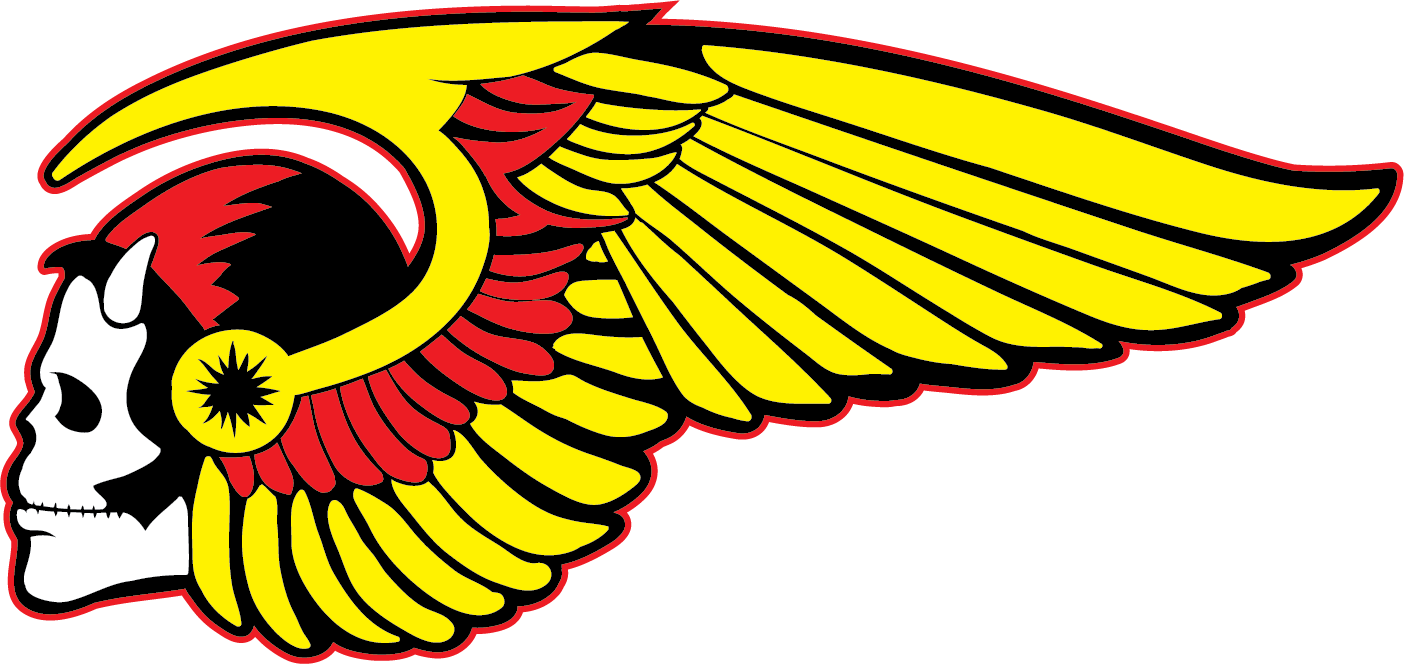
Table of Contents
The Social Structure of the Hells Angels
The Hells Angels are not simply a group of motorcycle enthusiasts; they possess a highly structured and hierarchical organization. Understanding this structure is key to understanding their operations and longevity.
Hierarchy and Chapters
The Hells Angels operate on a multi-layered hierarchy. The structure is rigidly enforced, emphasizing loyalty and obedience.
- Prospects: Aspiring members undergo a rigorous probationary period, proving their worthiness.
- Full Members: These are the core of the club, bound by strict codes of conduct and unwavering loyalty.
- Chapters: The club is divided into geographically dispersed chapters, each operating semi-autonomously but ultimately answerable to the national leadership. This decentralized structure allows for both local control and coordinated national actions.
- "One Percenter": This term, adopted by the Hells Angels and other outlaw motorcycle gangs, signifies their rejection of mainstream societal norms and their embrace of a rebellious, often criminal lifestyle. It emphasizes their defiance of authority and their embrace of a distinct identity.
The initiation process is secretive and often involves significant tests of loyalty and commitment. Power dynamics within chapters are complex, with internal rivalries and struggles for dominance often shaping the group's activities.
Membership and Recruitment
Membership in the Hells Angels is highly selective. While specific requirements aren't publicly known, certain characteristics consistently emerge amongst members.
- Masculinity and Toughness: A strong emphasis on traditional masculinity, physical prowess, and a willingness to engage in violence are common traits.
- Rebellion and Anti-Establishment Sentiment: A rejection of mainstream society and a desire to live outside the law are key motivations.
- Sense of Belonging and Brotherhood: The club offers a strong sense of community and belonging, particularly appealing to individuals who feel alienated from mainstream society.
Recruitment often involves existing members identifying and cultivating potential prospects who embody these traits. Shared activities, like motorcycle rides and club gatherings, foster a sense of camaraderie and reinforce group identity. This shared identity and the activities associated with it are crucial for attracting and retaining members.
The Hells Angels and Criminal Activity
The Hells Angels have a long and well-documented history of involvement in various criminal enterprises. This criminal activity is not incidental but rather deeply ingrained in the club's culture and operations.
Types of Criminal Activity
The club's criminal activities are diverse and extensive, including:
- Drug Trafficking: The Hells Angels are major players in the international drug trade, trafficking various substances for significant profit.
- Extortion and Racketeering: They often use intimidation and violence to extract money from businesses and individuals.
- Violence and Murder: Violence is a readily employed tool to maintain control, settle disputes, and eliminate rivals.
- Weapons Trafficking: The illegal acquisition and distribution of firearms are integral to their operations.
Numerous investigations and news reports have documented these activities, highlighting the group’s significant involvement in organized crime networks worldwide.
Sociological Explanations for Criminal Behavior
Several sociological theories can help explain the Hells Angels' criminal behavior:
- Strain Theory: This theory suggests that individuals engage in crime when they lack legitimate means to achieve socially valued goals (like wealth and status). The Hells Angels provide a structure for achieving these goals outside of conventional means.
- Social Control Theory: This focuses on the lack of social bonds and weakened institutions that can lead to deviant behavior. The strong internal bonds within the Hells Angels can reinforce criminal behavior as the norm.
- Differential Association Theory: This suggests that criminal behavior is learned through interaction with others. Within the Hells Angels, criminal behavior is not only tolerated but actively encouraged and rewarded.
The social isolation and the normalization of deviant behavior within the group significantly contribute to the persistence of criminal activity among members.
The Mythology and Public Image of the Hells Angels
The Hells Angels have cultivated a powerful image and mythology that has significantly influenced public perception. This carefully constructed identity is crucial to their recruitment and operations.
Branding and Symbolism
The Hells Angels' branding is iconic and instantly recognizable:
- Death's Head Logo: This skull symbol represents rebellion, defiance, and a willingness to confront death itself.
- Motorcycle Culture: The motorcycle is central to their identity, symbolizing freedom, rebellion, and brotherhood.
- Rebellious Aesthetics: Their attire, tattoos, and overall style reinforces their image as outlaws and rebels.
These symbols and aesthetics play a vital role in creating a powerful brand identity and attracting individuals who resonate with their values.
Media Representation and Public Perception
Media portrayals, whether romanticized or demonized, significantly impact public understanding of the Hells Angels:
- Romanticized Portrayals: Some media representations focus on the freedom and camaraderie aspects, overlooking or downplaying the criminal activity.
- Demonized Portrayals: Other portrayals emphasize the violence and criminal activities, shaping public opinion against the group.
These differing narratives shape public perception, contributing to the Hells Angels' legendary status and simultaneously fueling both fascination and fear. The media plays a significant role in perpetuating the mythos surrounding the club.
Conclusion
The Hells Angels phenomenon is a complex and multifaceted subject, defying simple categorization. Understanding their social structure, criminal activities, and carefully constructed image is crucial to grasping the sociological forces that shape their existence. By examining their internal dynamics, their relationship with wider society, and the role of mythology, we can gain insights into the enduring power of the Hells Angels Motorcycle Club and the challenges presented by outlaw motorcycle gangs. Further research into the Hells Angels, utilizing both quantitative and qualitative methods, will continue to illuminate this fascinating and complex sociological case study. To delve deeper into this topic and explore the many layers of the Hells Angels phenomenon, consider further reading on outlaw motorcycle gangs and the sociology of crime.

Featured Posts
-
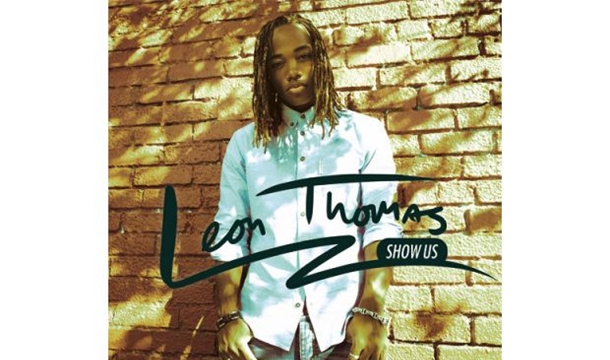 New R And B Releases Leon Thomas And Flos Chart Topping Hits
May 25, 2025
New R And B Releases Leon Thomas And Flos Chart Topping Hits
May 25, 2025 -
 Hells Angels Unveiling The Truth Behind The Legend
May 25, 2025
Hells Angels Unveiling The Truth Behind The Legend
May 25, 2025 -
 Live Updates M6 Crash Causes Significant Delays For Drivers
May 25, 2025
Live Updates M6 Crash Causes Significant Delays For Drivers
May 25, 2025 -
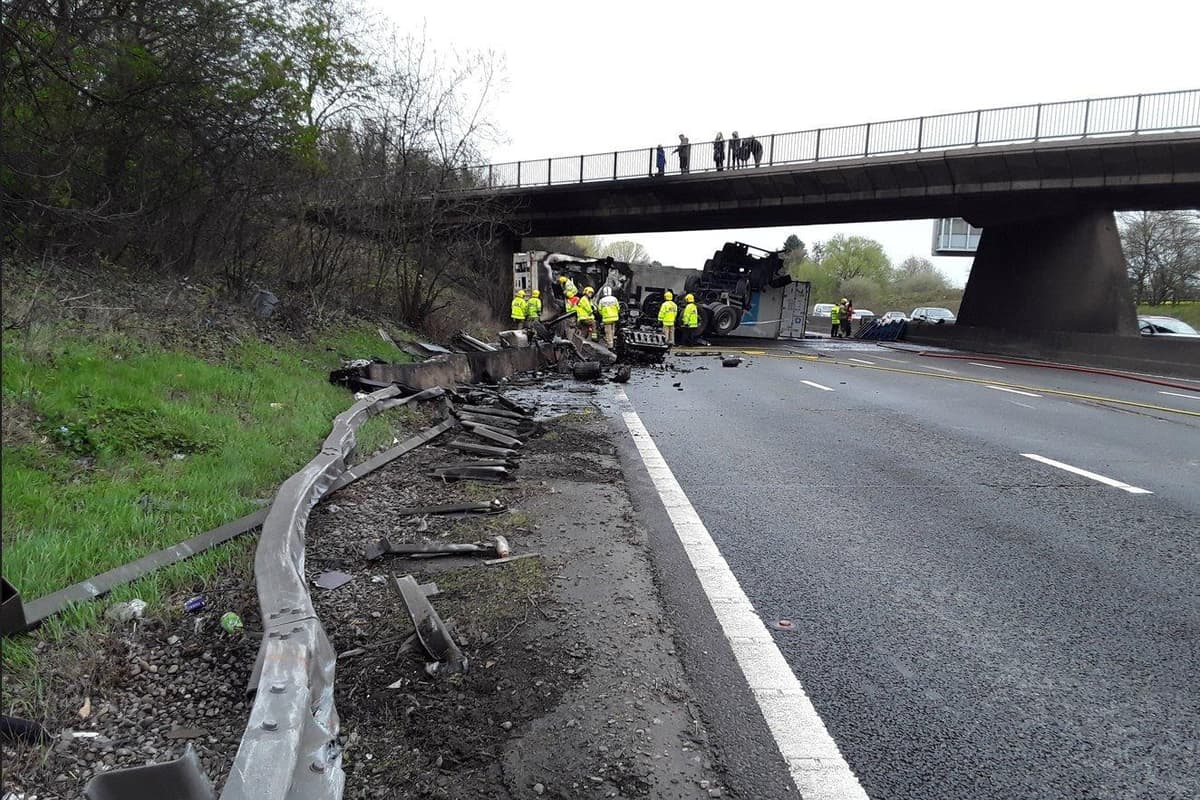 Severe Delays On M6 Motorway Due To Van Crash
May 25, 2025
Severe Delays On M6 Motorway Due To Van Crash
May 25, 2025 -
 Dylan Farrows Allegations Sean Penns Skepticism
May 25, 2025
Dylan Farrows Allegations Sean Penns Skepticism
May 25, 2025
Latest Posts
-
 Gerard Butler And The Nepo Baby Actress Photos Surface Online
May 26, 2025
Gerard Butler And The Nepo Baby Actress Photos Surface Online
May 26, 2025 -
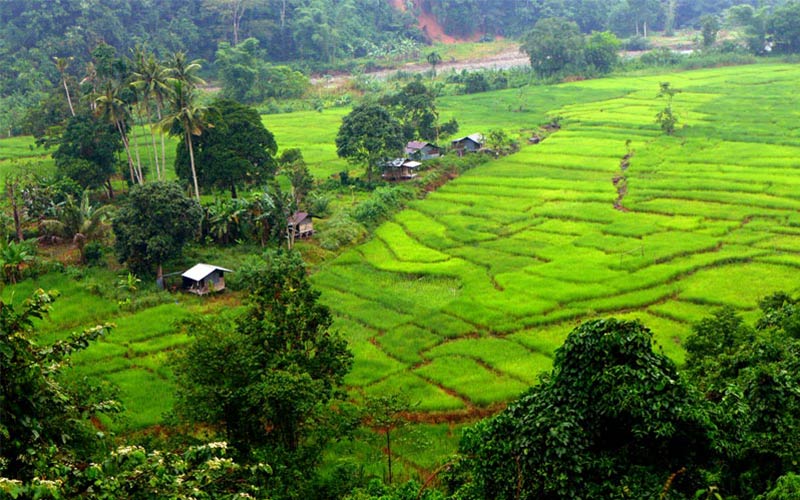 Andalusian Farmstay Your Countryside Haven
May 26, 2025
Andalusian Farmstay Your Countryside Haven
May 26, 2025 -
 Emmy Winners Daughter Spotted With Gerard Butler A Rising Star In Hollywood
May 26, 2025
Emmy Winners Daughter Spotted With Gerard Butler A Rising Star In Hollywood
May 26, 2025 -
 Discover Rural Andalusia A Farmstay Getaway
May 26, 2025
Discover Rural Andalusia A Farmstay Getaway
May 26, 2025 -
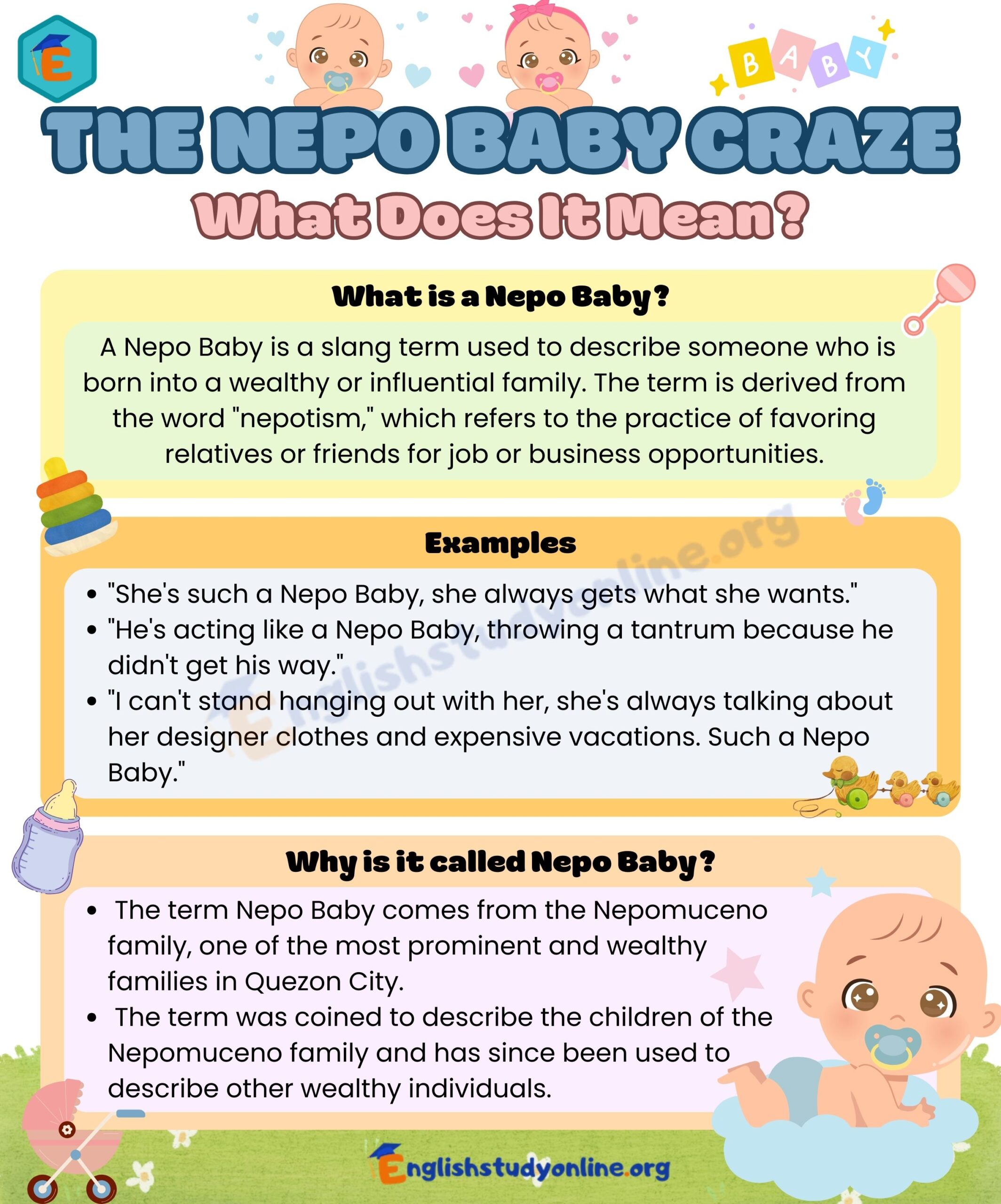 Nepo Baby Actress And Gerard Butler A Mother Daughter Emmy Legacy
May 26, 2025
Nepo Baby Actress And Gerard Butler A Mother Daughter Emmy Legacy
May 26, 2025
